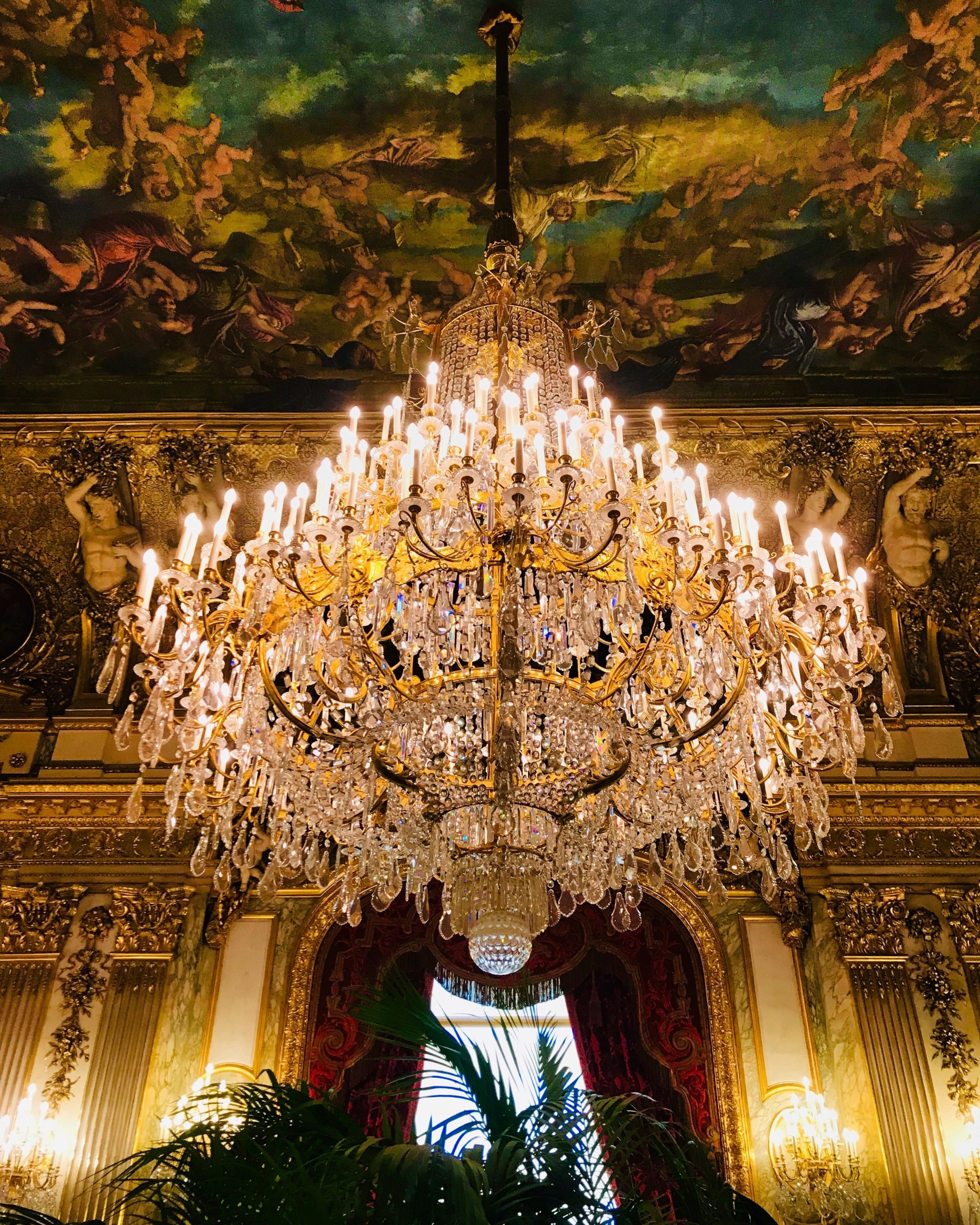A chandelier is a lovely piece. While today’s chandeliers feature a wide range of classic and modern styles, the elaborate crystal varieties that have a lovely vintage flair are the ones that stand out in our minds. This article will look at chandeliers through the centuries so you can see how they got from here to there.
16th Century Chandelier
Although many of us associate chandeliers with the reign of Marie Antoinette and the glamor of those times, they appeared way before then. The first chandeliers were produced in the late 16th century. They featured natural rock crystals that were difficult to make and expensive to own. It’s no wonder why it’s not a well-known fact that they were around this early in history.
17th Century Chandelier
It wasn’t until almost a century later when George Ravenscroft patented a flint glass material made with high amounts of lead oxide that made chandeliers easier to cut while giving them a more prismatic appearance. The lighting was now more accessible and led to the development of English style chandeliers that were characterized by metal pieces in the main shaft, a receiver bowl and plate, and arms that extended from the plate to the drip pans. Few of these originals exist today, but they continue to influence current styles.
The 17th century also saw Venetian glass makers adding molded glass flowers and leaves to chandeliers making for more elaborate structures that could extend up to 8 feet wide.
French Baroque styles also had an influence and introduced open bird frame designs that featured gilded bronze in a vase or lyre shape complemented by cut rock crystals. This design was highly sought after and became popular with European royalty.
18th to 19th Century Chandelier
The 18th Century saw the rise of England’s Glass Excise Act which taxed glass by weight making it more expensive. Ireland was exempt from the tax so much of the chandelier manufacturing occurred over there. This led to the growth of Ireland’s Waterford Glass House.
Those who stayed in England resorted to cutting crystal drops from pieces of broken glass which was not as highly taxed. The glass pieces were strung together like a tent with a ‘bag’ of drops at the bottom resulting in a new ‘tent and bag’ style.
The Glass Excise Act ended in 1835, around the time of the Industrial Revolution. The revolution transformed chandelier production making the pieces cheaper to own and there was plenty of demand for them. This eventually led to the production of more innovative styles including Art Deco, Art Nouveau, Colonial, Mid-Century Gothic, and the endless contemporary structures available today.
However, there will always be room for the old styles that were popular way back when.
Chandeliers have had quite a history, but they are still a form of lighting used in many homes. From classic to contemporary, there are so many styles to choose from. Which do you prefer?
If you have questions please give us a call at (773) 866-0220 or visit our website for consultation.


